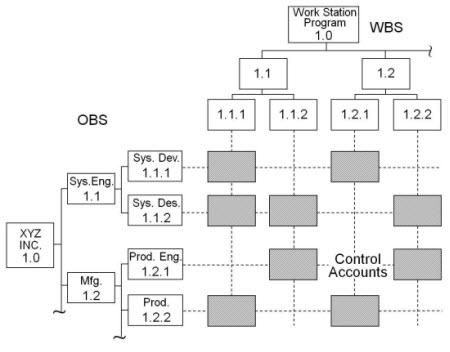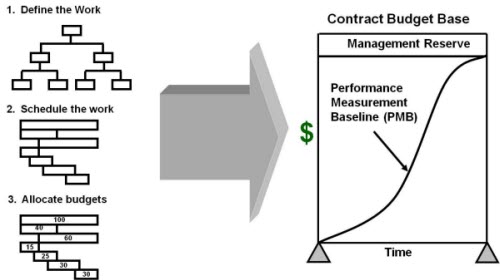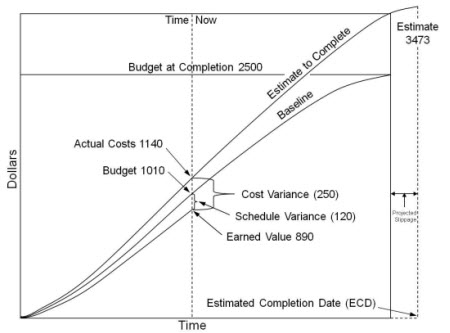Issues are events that have occurred or situations that exist which will adversely affect the project outcome if not resolved. In a typical project life cycle, circumstances are going to change, misunderstandings occur, assumptions don’t hold, political agendas collide, problems arise, and risk events happen. These situations are categorized as project issues, and they all have the potential to adversely affect the project’s ability to accomplish its objectives.
To minimize the potential effect of these obstacles on our project objectives, we need to have a proactive plan for effectively managing project issues. Managing project issues is an example of proactive project management. Through solid planning, effective stakeholder management, and insightful risk management, we can reduce the number of issues our project will encounter, but we cannot eliminate them. The goal of project issue management is to detect issues as early as possible. The earlier an issue is identified, the greater the chance of resolving the issue before it can affect any of the project’s critical success factors.
The objective of project issue management is to identify, record, track, resolve, and communicate all issues that might adversely impact the project. To accomplish this objective, we need to review the associated principles. The principles of issue management fall into two main categories:
an administrative process and a project manager mindset.
To minimize the potential effect of these obstacles on our project objectives, we need to have a proactive plan for effectively managing project issues. Managing project issues is an example of proactive project management. Through solid planning, effective stakeholder management, and insightful risk management, we can reduce the number of issues our project will encounter, but we cannot eliminate them. The goal of project issue management is to detect issues as early as possible. The earlier an issue is identified, the greater the chance of resolving the issue before it can affect any of the project’s critical success factors.
The objective of project issue management is to identify, record, track, resolve, and communicate all issues that might adversely impact the project. To accomplish this objective, we need to review the associated principles. The principles of issue management fall into two main categories:
an administrative process and a project manager mindset.
- Administrative process principles: To properly manage project issues, there are a few administrative fundamentals to adhere to:
- Document the issues—We need to log the issues somewhere as they are identified.
- Track until closure—Use the log to make sure issues remain visible until they are resolved.
- Align with project needs—Ensure the overall process matches the communication and workflow needs of the project.
- Cost-effective approach—Keep things in perspective. Don’t buy a BMW when a Chevrolet is all you need.
- Project manager mindset principles: More than anything, effective issue management is an attitude and an approach. The following terms describe the mindset principles that a project manager needs to have in this arena:
- Ringmaster—As the project manager, you operate as the focal point for tackling project issues. You are the one who must get the right people involved at the right time to make sure issues are resolved. In addition, some issues require the input of several different parties to resolve. You need to facilitate this process.
- Smiling bulldog—Your goal is to resolve issues as quickly as possible and to stay with them until they are resolved. Be persistent. This is the “bulldog” mentality. However, you need to do this with a smile. Leverage your interpersonal strengths to do this, while still building relationships.
- Swivel-head—Just as with risks, you need to constantly be looking for trouble. That is, trouble for your project. Sometimes issues come disguised as questions or non-verbal communications. When in doubt, ask questions and verify. The effect of most issues can be mitigated if they are detected early and resolved quickly with the right buy-in.
- Goaltender—Just as a good goaltender does not let anything get by him, a good project manager lets no issue go unnoticed or unresolved. In addition, the subtle intensity displayed by the project manager here helps to set expectations with the project team and signals to all stakeholders that they will be held accountable for getting issues resolved.
- Disciplined—To be effective, you need a fair amount of discipline. You need the discipline to log the issues and follow the process. In the whirlwind of most project environments, it is easy to let this slip.
Features of Issue Management Systems
The actual details of the issue management system are not complicated, and in most situations they share many similarities with your change control system and risk tracking system. Although issue management systems vary in complexity and sophistication depending on your organization and the needs of your project, there are key features that all issue management systems should possess.
Clear process—Clearly define and communicate how issues are submitted, how they will be resolved, how and when outstanding issues will be reviewed, and what is needed to officially close an issue.
Escalation procedures—This is part of the overall issue resolution process, but not always thought about in advance. Define the types of issue that warrant escalation to higher levels of management. Generally, there is a single escalation process for a project that is leveraged for anything affecting the critical success factors (issues, changes, or risks).
Issue log—This is the mechanism used to document and track project issues. The most common mechanism is a spreadsheet, but there are limitations to this method. Other options include database systems and collaboration tools. There are pros and cons to each choice. The important thing is to use a tool that matches the needs of your project.
Issue Log Administrator—Someone needs to serve as the central control point for the Issue Log. Usually, this will be you, the project manager.
Issue Data Points—Although the specific mechanism used for the Issue Log and the exact information needs vary across projects, there are a core set of data points that should be considered for any issue logged. The recommended data points are listed in the table shown below:
In the next post we shall look at the available tool options for your Issue Log and certain best practices that help you avoid the common mistakes in this aspect of project control.
The actual details of the issue management system are not complicated, and in most situations they share many similarities with your change control system and risk tracking system. Although issue management systems vary in complexity and sophistication depending on your organization and the needs of your project, there are key features that all issue management systems should possess.
Clear process—Clearly define and communicate how issues are submitted, how they will be resolved, how and when outstanding issues will be reviewed, and what is needed to officially close an issue.
Escalation procedures—This is part of the overall issue resolution process, but not always thought about in advance. Define the types of issue that warrant escalation to higher levels of management. Generally, there is a single escalation process for a project that is leveraged for anything affecting the critical success factors (issues, changes, or risks).
Issue log—This is the mechanism used to document and track project issues. The most common mechanism is a spreadsheet, but there are limitations to this method. Other options include database systems and collaboration tools. There are pros and cons to each choice. The important thing is to use a tool that matches the needs of your project.
Issue Log Administrator—Someone needs to serve as the central control point for the Issue Log. Usually, this will be you, the project manager.
Issue Data Points—Although the specific mechanism used for the Issue Log and the exact information needs vary across projects, there are a core set of data points that should be considered for any issue logged. The recommended data points are listed in the table shown below:
In the next post we shall look at the available tool options for your Issue Log and certain best practices that help you avoid the common mistakes in this aspect of project control.












